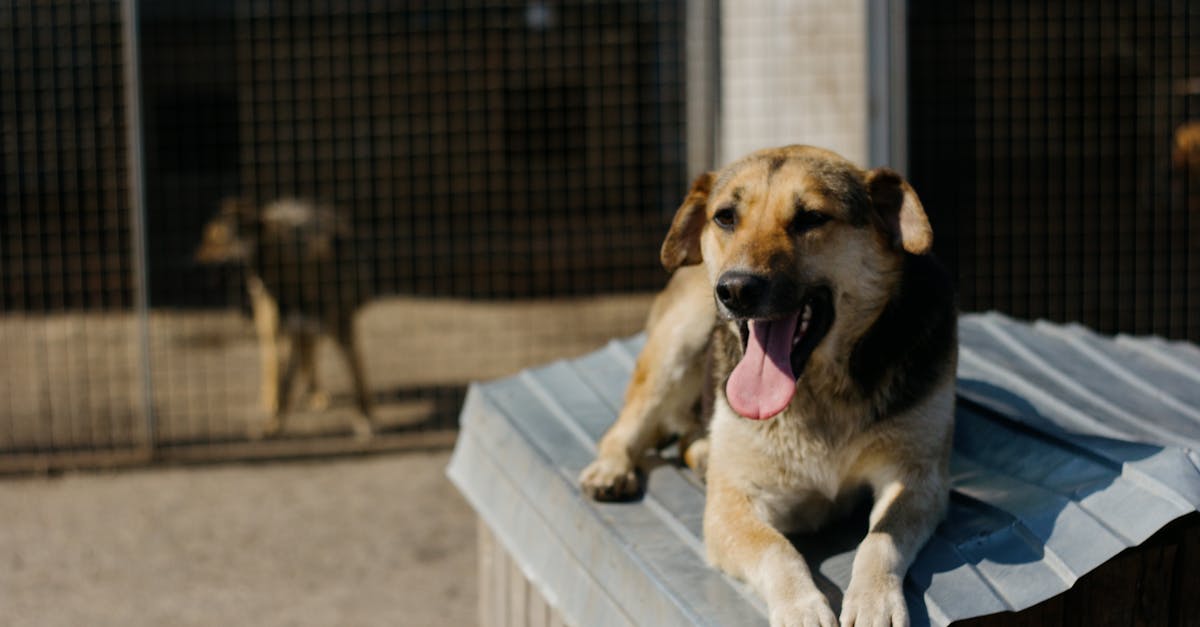
How To Prevent Pet Obesity
- October 03, 2024
- 4 min Read
- Views 488
How to Prevent Pet Obesity
Pet obesity is a growing concern among pet owners, veterinarians, and animal lovers. Obesity in pets can lead to a variety of health issues, including diabetes, joint problems, and a decreased lifespan. Understanding how to prevent pet obesity is crucial for the well-being of your beloved animal companion. This guide will offer tips, practical advice, and resources to help you maintain your pet's healthy weight.
Understanding Pet Obesity
Pet obesity occurs when pets carry excess body weight or fat, impacting their overall health. The causes of pet obesity are often similar to those in humans - overfeeding and lack of exercise. Certain breeds and animals are more predisposed to gain weight, making it vital to consider individual pet needs. To effectively tackle obesity, it is key to recognize the signs early and take proactive steps.
Nutritional Management
Nutrition plays a significant role in preventing pet obesity. Ensure your pet receives a balanced diet tailored to their species, age, and activity level. Commercial pet foods often provide nutritional information on their labels. Look for options with high-quality protein sources and appropriate calorie content. Avoid feeding your pet table scraps and excessive treats, as these can quickly add unnecessary calories.
Consider cooking homemade meals if you prefer controlling the ingredients more closely, but consult with your veterinarian to ensure all nutritional needs are met. Consistent meal portions and scheduled feeding times can help regulate your pet's dietary intake and prevent overeating.
Ensuring Regular Exercise
Exercise is crucial in combating pet obesity. Daily walks, runs, or play sessions help burn calories and maintain your pet’s muscular and skeletal health. The amount and type of exercise will vary depending on the animal. Dogs generally require extended periods of activity, whereas indoor cats may need engaging playtime with toys and climbing structures.
Introduce new activities gradually to prevent injury and gauge what your pet enjoys. Enrichment activities like agility training for dogs or interactive toys for cats can also provide mental stimulation alongside physical exercise.
Guide Steps
- Consult with your veterinarian for an accurate assessment of your pet's weight and a personalized plan.
- Identify and eliminate high-calorie treats or foods from your pet’s diet.
- Provide measured meals at consistent times each day to prevent overeating.
- Incorporate a variety of physical activities suited to your pet's preferences and abilities.
- Regularly monitor your pet’s weight and adjust their diet and exercise plan as needed.
- Educate all members of the household about your pet’s dietary and exercise needs to ensure consistency.
Frequently Asked Questions (FAQ)
How can I tell if my pet is overweight?
Check for visible ribs and a noticeable waist on your pet. For a more definitive answer, consult with your veterinarian who can help gauge your pet's body condition score (BCS).
What is a safe weight loss rate for pets?
Pets should lose weight gradually to avoid health problems. A healthy rate is about 1-2% of their body weight per week, but always consult with your vet to create a safe plan.
Can treats be part of my pet’s diet?
Yes, treats can be included but should only account for 10% or less of your pet’s daily calorie intake. Choose low-calorie or healthy treats and limit portion sizes.
Is pet obesity a problem for all types of animals?
While all pets can potentially become obese, small animals like rabbits and guinea pigs, as well as pocket pets like hamsters, are often smaller and less capable of balancing excessive calories without becoming overweight. Care must be taken with exotic pets as well.
Tags
Pet health, Pet diet, Pet exercise, Weight management, Healthy pets, Preventing obesity in pets
People Also View
-
1October 14, 2024
-
2October 14, 2024
-
3October 14, 2024
-
4October 09, 2024
-
5September 30, 2024
Categories
- Near Me 2147 Posts
- How To 548 Posts
- Where To 257 Posts
- Why 90 Posts
- How Much 97 Posts
- Travel 202 Posts
- Food And Drink 815 Posts
- Shopping 797 Posts
- Lifestyle 1050 Posts
- Automotive 364 Posts
- Digital Income 70 Posts








